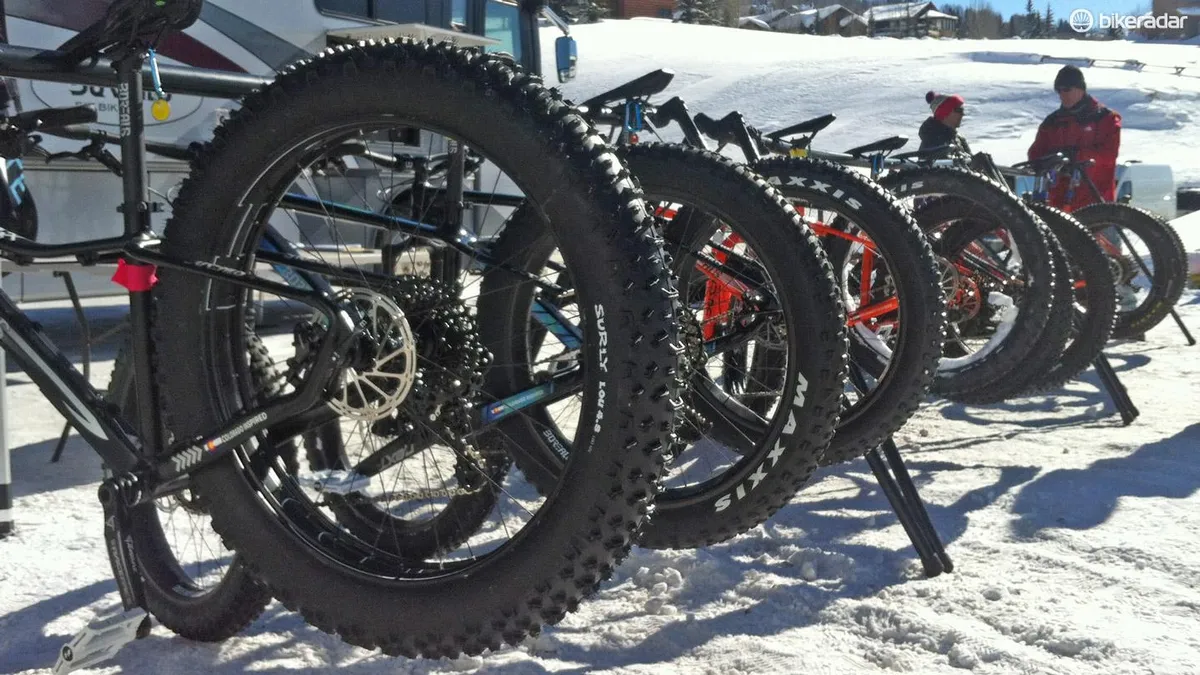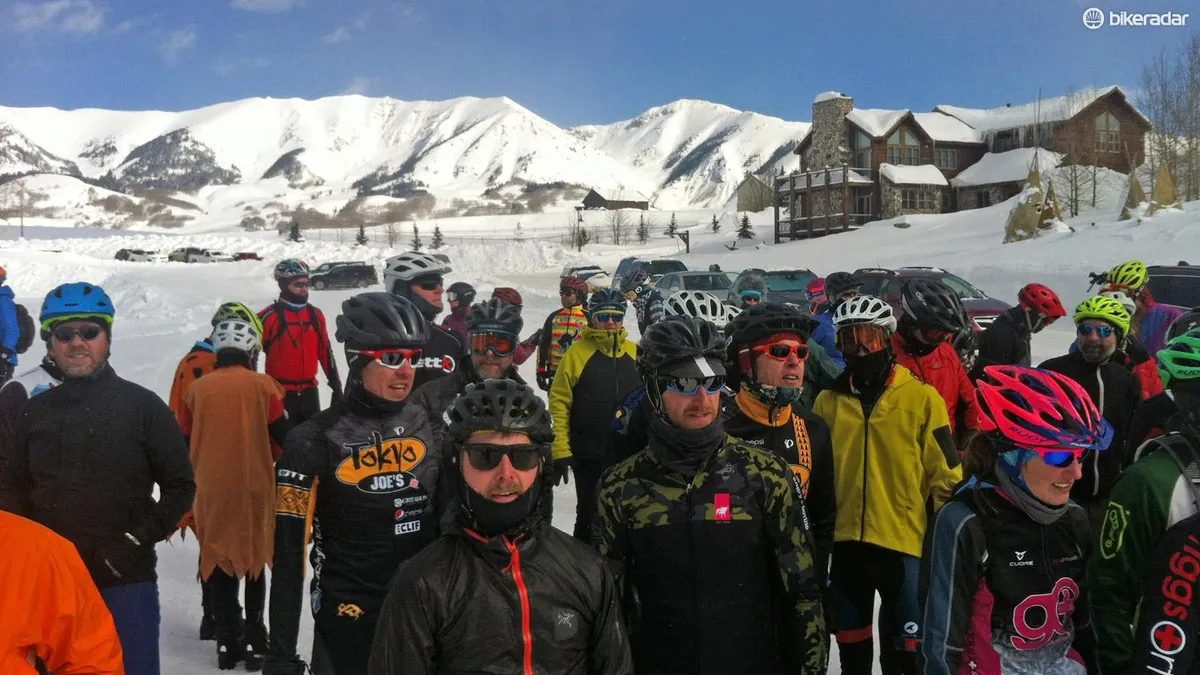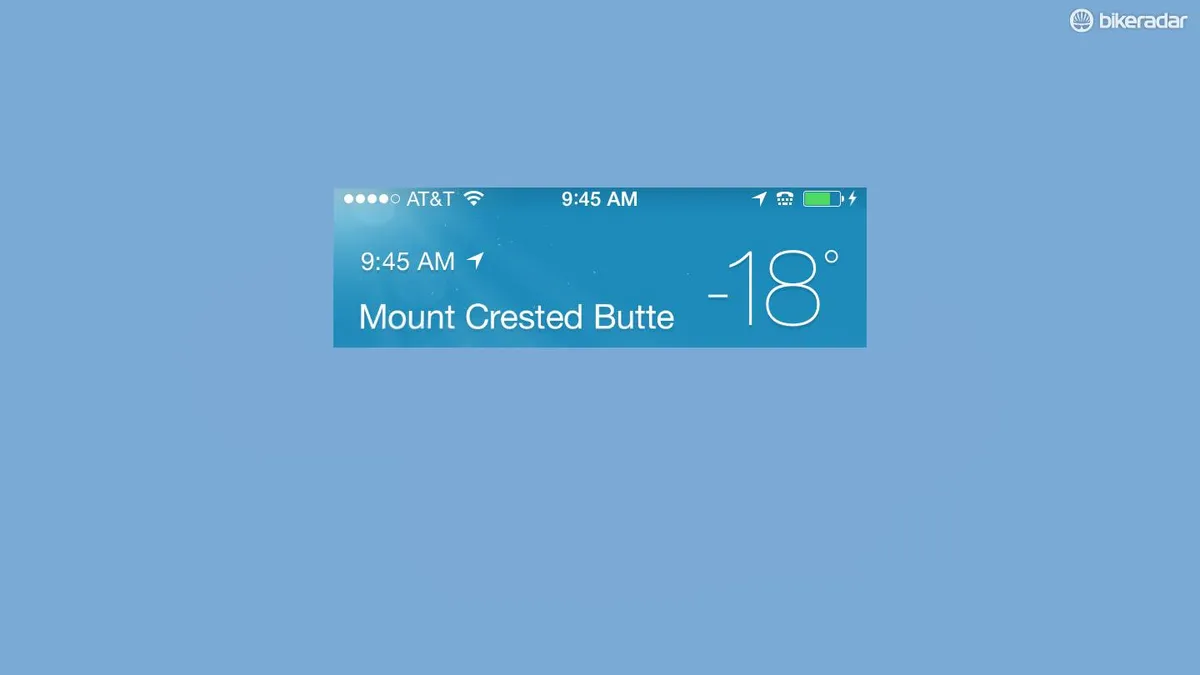Ask the people close to the fire about fat bikes and you're bound to get a different answer every time. While at the second annual Fat Bike Worlds in Crested Butte, Colorado I was determined to find out the direction of the fat bike market. Turns out, the trends reported by the brands on hand are as varied as the bikes themselves.
- Weird, cold, and far from serious
- Are you tired of keeping up with the pace of change in cycling tech?
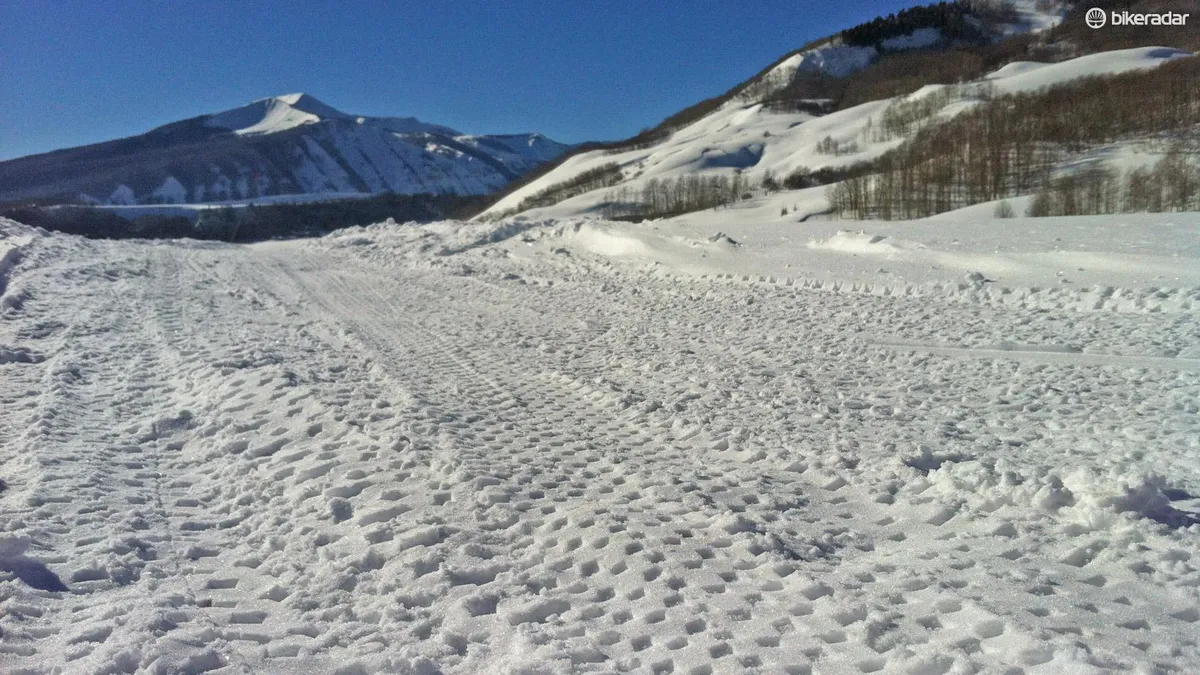
Year-round usage
There are a lot different visions and views on fat bikes and where they're headed. In one corner are the folks that want to push fat bikes and their ride characteristics more towards the mainstream of mountain bikes. That means full-suspension, modern slack and playful geometry, and a general ability to be used year round.
The people that agree with the 'full-squish fat bikes are silly' argument are those who are into racing fat bikes
William Golde from Cima Cycles in Aspen, CO. sees "fat bikes getting lighter and being used for all-season use, especially with plus wheels and tires." Echoing those thoughts was Jon Acuff from Proudfoot Cycles, a custom framebuilder from Golden CO., who mentioned "being able to change wheelsets, particularly to 29+" as being important.
Excelling in snow and sand
Others see fat bikes for their original intended purpose: riding on soft surfaces such as snow and sand. The crew in that camp prioritizes running the widest rims and tires you can shoehorn into the frame and fork. It also tends to think that, along with narrower tires, full suspension is an unnecessary part of the fatty equation.
Stephen Kaczmarek from Borealis mentioned the challenges for full-suspension: "It's too much to dial in for the average rider, two suspension units, two tire air pressures, getting the correct pressures set in changing temperatures." And regarding tire size, Kaczmarek replied that "Riders who ride in snowy areas want 26-inch tires, not 27.5-inch. 27.5 is the big boys trying to change the standard."

Racing and going fast
The people that agree with the 'full-squish fat bikes are silly' argument are those who are into racing fat bikes. For them, like almost all racers, it's all about carbon and cutting weight wherever possible. Smaller tires, sometimes referred to as 'mid fat' are also on the go-fast riders' radar. To be noted, mid fat in this regard isn't about 2.8- and 3.0-inch plus tires, but rather 3.8- and 4.0-inch fat tires, whereas 'fat' fat bike tires range from 4.6- to 5.0-inches. Got it?
One outlier to the all-carbon, all-the-time race scene is custom frame builder Proudfoot from Golden, CO. Jon and Erin Acuff are building steel hardtail fat bikes that can handle monster-size rubber and still be raced.
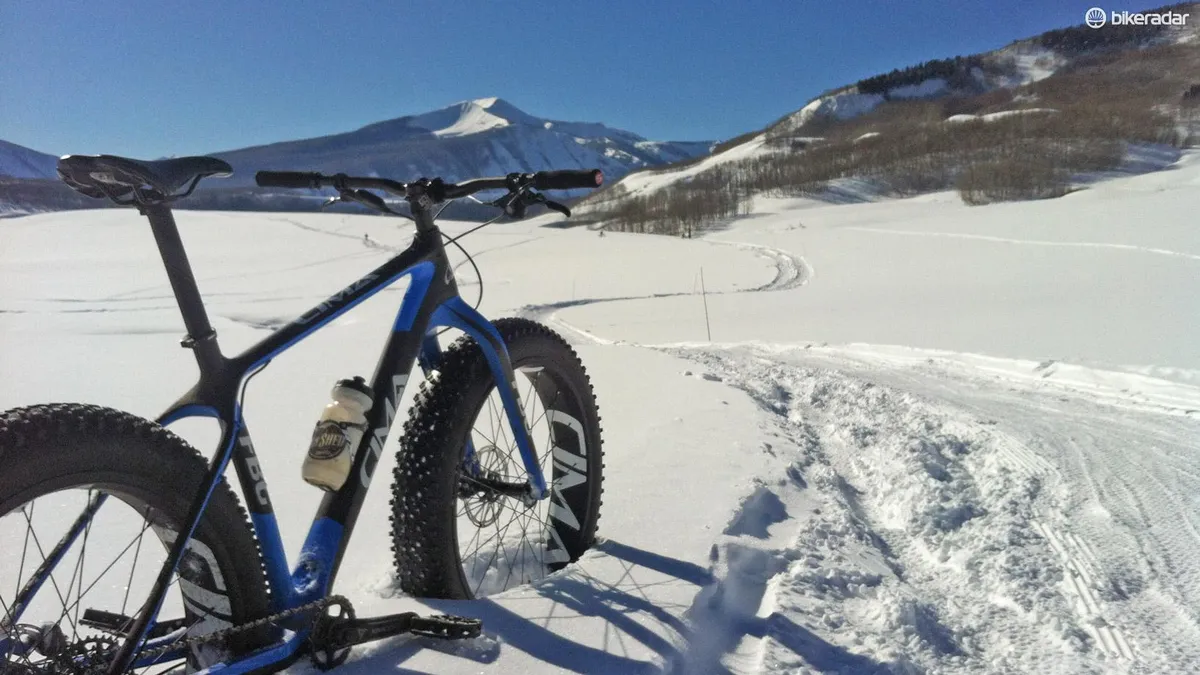
Adventure, it's all about adventure
Still, another trend (that's been around awhile) is that fat bikes are all about adventure. Rocky Mountain's technical rep Gattis Tyler commented: "Fat bikers are adventure riders. They're the ones pushing limits, riding in the cold, riding through sand. They're the ones always prepared." He continued: "Just look at the bikes, look at all the braze-ons, they're built to do anything: racks, fenders, bags, fuel canisters, front suspension."
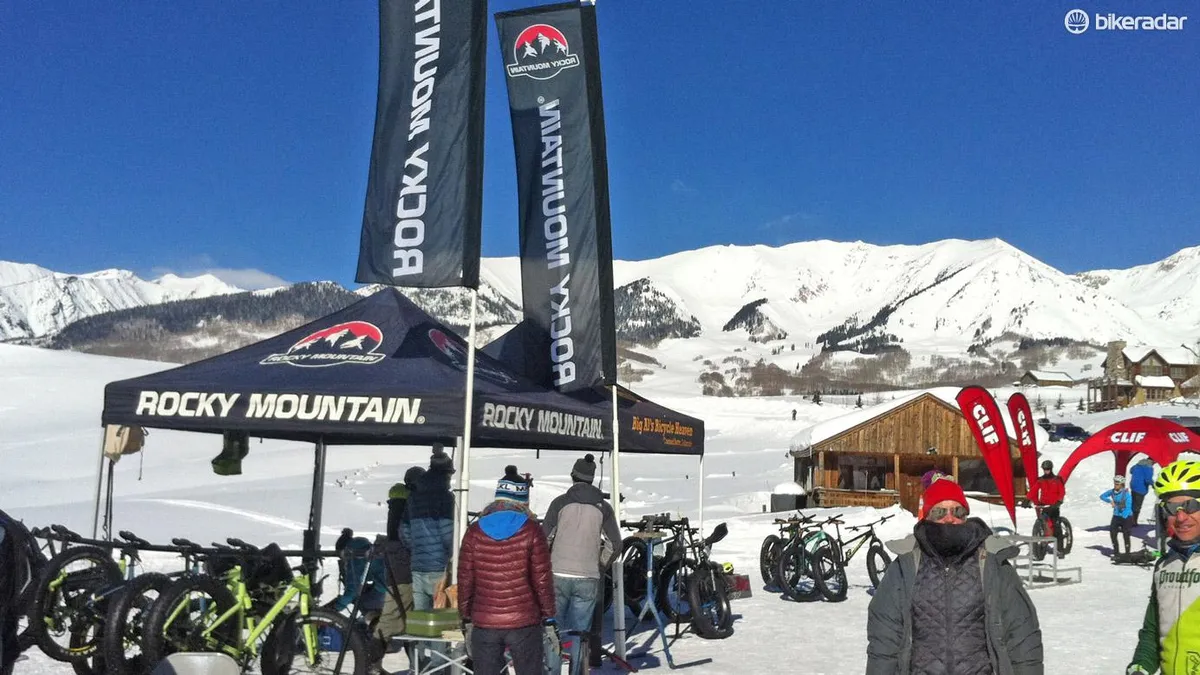
Beginners take note
One comment, that was reiterated by the brands BikeRadar spoke with, was that fat bikes are still a growing market . Kaczmarek from Borealis said that he sees an uptick in senior riders on fat bikes. While Acuff from Proudfoot agreed saying that "Fat bikes lessen the learning curve of mountain bikes. Those new to the sport benefit from the traction and stable nature of fat tires."
Downhill, flow trails and groomed tracks
Will fat bikes follow in the trail of mountain bikes in general? Brooke Scatchard from Vermont-based Fat Bike Skis thinks so. He says "the focus should be on downhill and groomed flow trails, such as the Kingdom Trails in Vermont and the trails around Marquette, Michigan." Scatchard also noted that having a ski on the front of a fat bike "allows riding downhill in deeper pow."

One consistent trend
The one consistent trend is that there are no clear trends. Just like road and mountain bikes, and their multiplying genres, there are endless ways to enjoy and experience fat bikes. There is a constant in this melee of opinions however, and that's that people, whichever direction they predict fat bikes are headed, are stoked and excited by all the possibilities. No matter what type of bike you swing a leg over, it's a very good time to be a cyclist.
